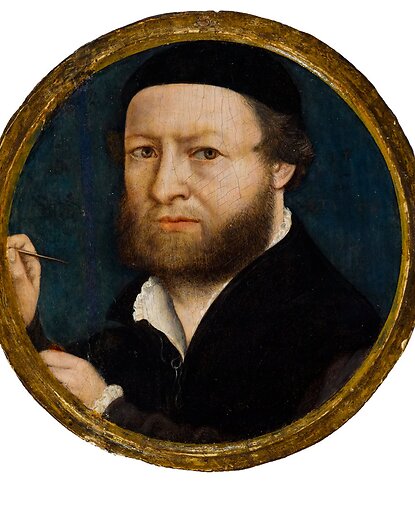Portrait of Erasmus of Rotterdam Writing (acrylic panels)
Acrylic Panels
The reproduction is printed on FineArt Satin Paper and then encapsulated between a 3mm Dibond backing and a 2mm acrylic layer. This product offers a greater sense of depth and volume due to 'encapsulation'. FineArt Giclée digital printing is commonly used for the reproduction of works of art. It offers a very high durability thanks to the use of materials and inks based on natural pigments highly resistant to light and museum conservation.
Eco-responsible and recyclable
Product ready to hang, supplied with a wall hanging system Enhancement of colors, contrast and details of the work
Optimal print quality and glossy finishes
Easy to clean



About the Artwork
Portrait of Erasmus of Rotterdam Writing
Original work by: Holbein le Jeune, Hans Original height: 42.00 cm Original width: 32.00 cm Period: Renaissance (période), 16e siècle Technic: huile sur bois Holbein le Jeune, Hans - Erasme écrivant (1467-1536) - huile sur bois © RMN-Grand Palais (musée du Louvre)


